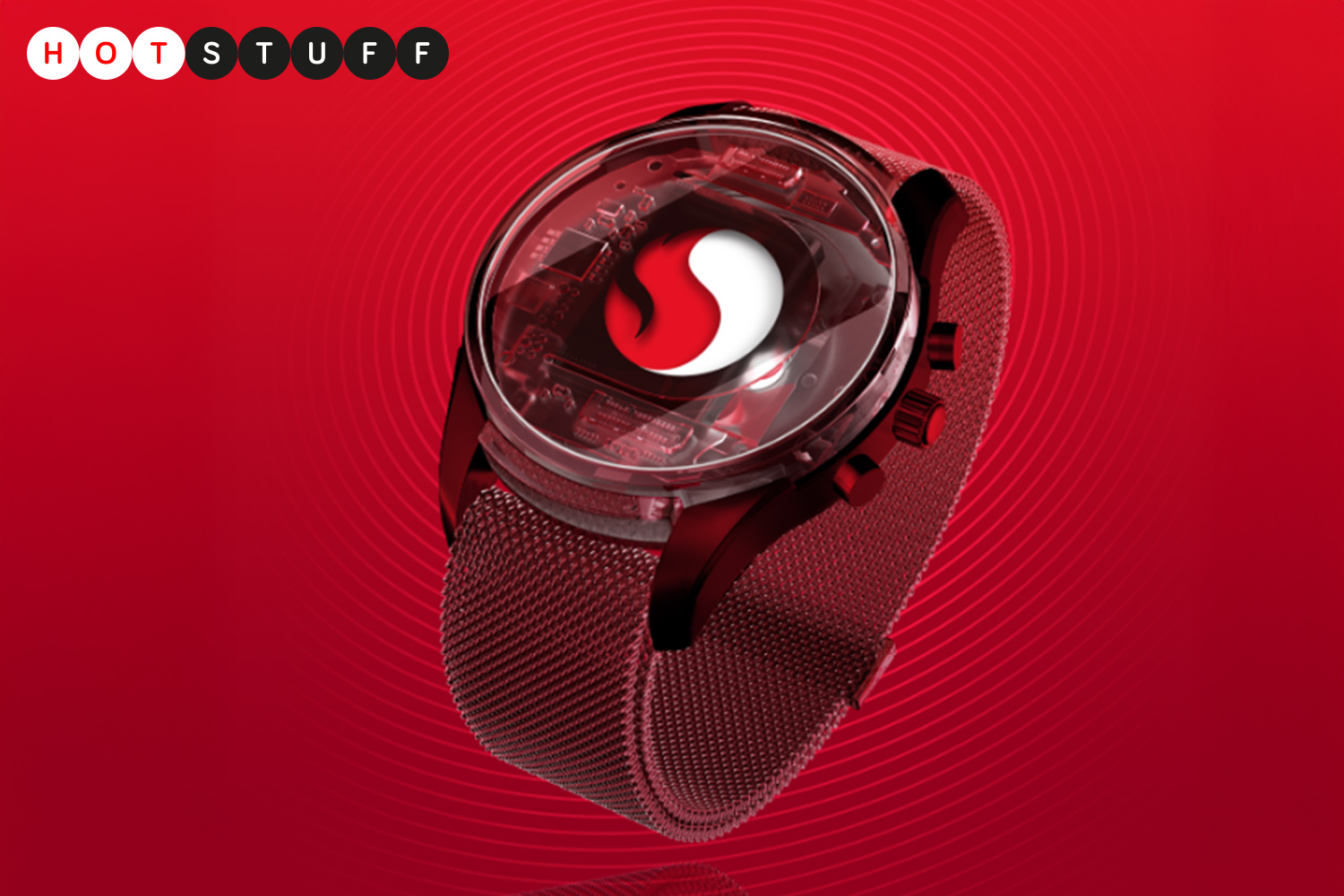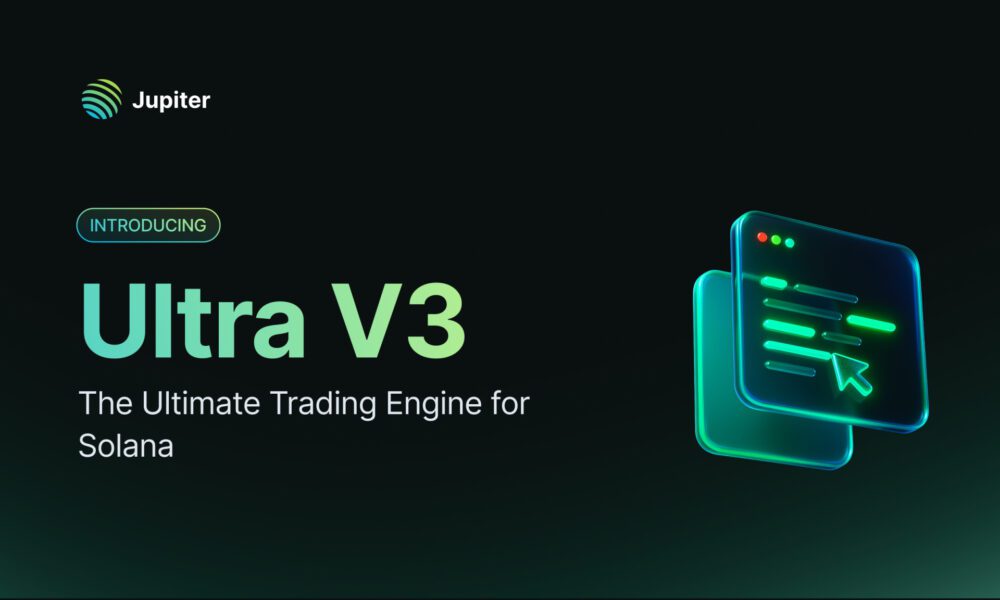Leaving your phone at home to head off on wilderness adventures is about to become a lot less risky for your health. Qualcomm’s new generation of smartwatch chipsets let you send and receive emergency messages via satellite, directly from your wrist, even when you’ve got no Wi-Fi or cellular coverage – and they’ll last longer per charge, too.
The Snapdragon W5+ Gen 2 and W5 Gen 2 are the first of their kind with support for satellite specialist Skylo’s Narrowband Non-Terrestrial Network (NB-NTN), which is already keeping the current crop of flagship smartphones connected when you go truly off-grid.
Compatible smartwatches will be able to signal for assistance even when they’re out of range of your smartphone, and receive a reply confirming help is on the way. It’s something the latest Apple Watch generation can’t do, as they rely on being connected to a satellite-ready iPhone in order to send out an SOS.
Other handy upgrades over the first-gen W5 duo include up to 50% improved GPS positioning accuracy, which should put an end to squiffy workout records. Tweaks to part of the chipset that handles radio frequencies has helped lower power consumption, and should mean smartwatch makers are able to come up with smaller, more tightly packaged wearables.
The new chips are still made using the same 4nm architecture as the first-gen W5 duo, with the W5+ Gen 2 keeping the 22nm co-processor that handles low-level tasks for extra efficiency.

Google is the first wearable brand to get in on the action, with the freshly-unveiled Pixel Watch 4. With the Snapdragon W5 Gen 2 onboard, battery life has seen a welcome hike from the previous generation: expect up to 40 hours on the 45mm model now, and up to 30 on the 31mm.
They’re going on sale in early October, with prices set to start at £349 for the 41mm Wi-Fi model (£399 if you want LTE) and £399 for the 45mm version.
Expect a full contingent of wearable rivals to appear in the coming months with their own W5 2nd gen-powered watches.












